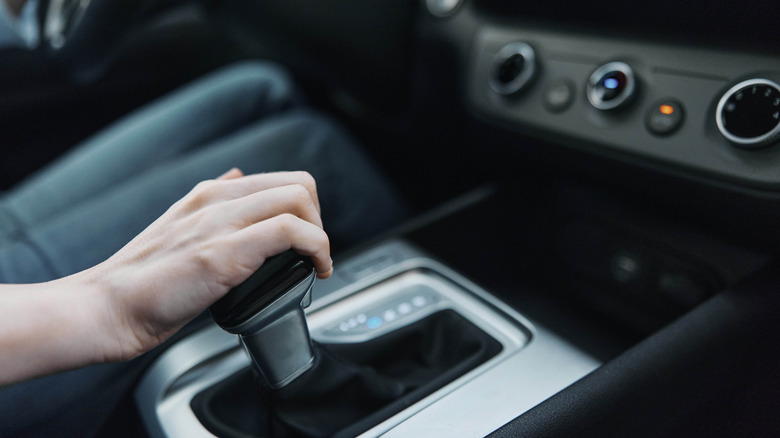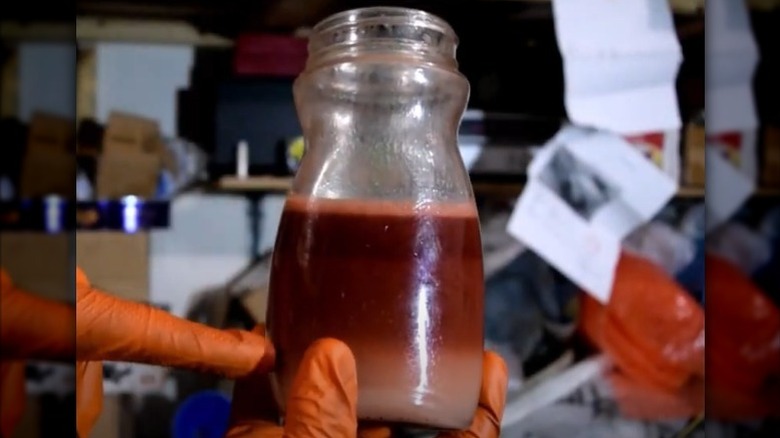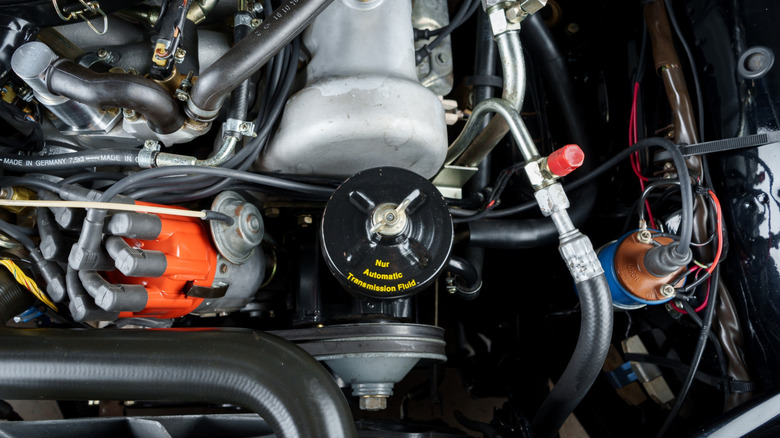5 Things You Need To Stop Doing If You Drive An Automatic Car
Switching from a manual to an automatic transmission may require relearning some driving techniques, maintenance tips, and correcting bad habits that did not apply to driving a manual transmission. Automatics are usually easier than driving a manual car. You will also have to take care of an automatic car a little differently than your manual one, since it relies on an advanced automatic transmission system that engages multiple components and torque delivery to enable a sophisticated drive without manual gear controls.
To make the transition smoother, here are things you need to stop doing if you drive an automatic car to get the maximum performance out of the vehicle and its components. Trust us, repairing and replacing components, especially within the automatic transmission system, is an expensive process that you may not be able to afford on a monthly basis. So, the wiser option is to follow the right practices to avoid any unwanted damage and repairs.
Driving with two feet
Using two feet while driving is generally not a good practice, whether in a manual or an automatic car. With both feet on the pedals, you might get confused in case of an emergency or unexpected circumstance, inadvertently pushing the wrong pedal in a sudden reflex move. Rather, one foot would be a better approach, as accelerating and braking generally shouldn't happen at the same time.
In the event that you accidentally press both pedals simultaneously — particularly in automatic cars — the braking system will overpower the acceleration signal, thereby halting the car immediately, which can also be injurious if safety protocols are not followed. For instance, both passengers in the front seats will experience sudden inertia, and if seatbelts are not worn, it can be really dangerous. The rule is that the right foot does the accelerating and braking. The left foot you used so much to work the clutch before can go into semi-retirement when you get an automatic transmission.
Coasting in neutral gear
Firstly, let us clear up the concept of coasting. Think of it as moving the car without the engine being on. You put the car in neutral and let it move naturally without accelerating, especially in a downhill situation. This is a mistake you need to avoid with automatic transmissions.
What might appear as a harmless way to save some fuel has several downsides in reality. When coasting in an automatic car, you barely have any control over it, which means it is kinda difficult to apply the brakes in case a sudden object comes in front of your car. Aside from this, you will need to apply the handbrakes more aggressively if the car starts to deviate from the desired path, as this can damage the internal components if the car comes to an abrupt stop.
In a YouTube video by Conquer Driving, a driver conducted multiple coasting tests in an automatic car, and the results showed that even during coasting, the engine and wheels were still turning, which indicated that they did require some level of fuel. So, it's not exactly a fuel-efficient way to drive an automatic. Moreover, turning these parts without the engine's proper functioning increases the chances of wear and tear in your engine, thereby reducing its lifespan and adversely affecting performance.
Letting water into automatic transmission system
An automatic transmission system takes care of the gear shifts itself for uninterrupted acceleration, unlike manual cars, in which drivers must manually change gears using a clutch and hand-operated lever. This system is crucial to the safe and practical operation of an automatic transmission, so you have to be extremely careful about its maintenance. There are many ways water can seep into the system, for example, when it's left for prolonged hours in rain or flood conditions, or if there's a leak from the car's water tank.
The gearing system is completely different in an automatic car. The transmission fluid functions as a primary transporter of rotational power created by the engine to the wheels of the car. If this fluid is contaminated, the entire hydraulic process will be affected as well, and you might not even be able to drive the car normally. Unwanted water mixing with virtually any fluid in your vehicle (automatic or manual) is a recipe for expensive repairs.
If water gets into the transmission system and stays there for an extended period, it will start to cause major signs of rust and corrosion on the ferrous components. A real-time experiment conducted by EdBwoy on YouTube demonstrated that when water and transmission fluid are mixed, the water accumulates at the bottom, while the fluid rises and forms a layer on top. The water then remains, mixing with the fluid and rusting your transmission from the inside out. When rigorously mixed, the fluid took the form of a red milkshake. That liquid does not have the properties to withstand heat and wear, reducing the efficacy of the specially formulated fluids. Mixing negatively impacts not just performance, but also the chance of continued operation if the issue is not addressed.
Hard acceleration
Hard accelerating in an automatic vehicle is among the most damaging things you can do to it. Young drivers often do it to look cool to others on the road, such as when trying to perform drifting stunts or speeding. When you aggressively press the accelerator, the car begins to speed up immediately, thereby putting strain on the engine, tires, and transmission system.
Even performance cars built to withstand punishing conditions undergo extraordinary stress during sudden acceleration. Hundreds of engineered metal parts come into direct contact, creating incredible torque, and it's not just the transmission. The entire drivetrain, from the torque converter to the final drive, contains thousands of potential failure points, not to mention wear. If you don't have a good reason, hard acceleration is one thing to stop doing to protect an automatic transmission.
The sudden increase in friction to extreme levels can cause wear on the tires, potentially leading to bursts or ruptures. The move damages the engine as well as its components, such as bearings and pistons, which suddenly have to deal with an enhanced, unnecessary load. Consequently, these parts may eventually lose performance, reducing the time available in their lifespan and potentially leading to an expensive repair or mishap.
Ignoring transmission fluid changes
Transmission fluid is critical to your car's functioning and smooth performance. A transmission fluid in an automatic car enables the flawless operation of the transmission system by acting as a lubricant, cooling agent, and seal protector of the moving parts of the transmission case, making it possible for all those moving metal parts to withstand high-temperature stress.
The transmission fluid's essential role is to prevent wear and tear caused by friction and remove generated heat to avoid the overheating of the engine and transmission system. It's not spoken of as much as its cousin, the oil change, but virtually every transmission-driven vehicle on the planet requires it to be flushed and changed to refresh the fluid's restorative properties. Leaks are also a danger; You should always ensure the proper amount of transmission lubricant is in your automatic vehicle.
A trusted name like Toyota recommends changing the transmission fluid every 60,000 to 100,000 miles for an automatic transmission. However, it can depend on factors such as weather, traffic conditions, and driving style, causing variations. Transmission fluid can also be replaced or topped up to combat a slow leak, keeping even a slightly damaged unit healthy for longer. In these cases, mechanics drain out about 30 to 40 percent of the used fluid and replace it with a fresh fluid instead of a total flushout. Signs such as difficulty shifting gears, unusual noises of parts grinding together, and delayed acceleration can indicate the need for a fluid change.
Different machines and manufacturers require varying amounts, types, and schedules for proper transmission flushes. Consulting an owner's manual or contacting the vehicle's brand dealer is a great way to learn about your particular vehicle. Including this simple step in the car's maintenance routine will ensure you have as smooth a ride as possible.





